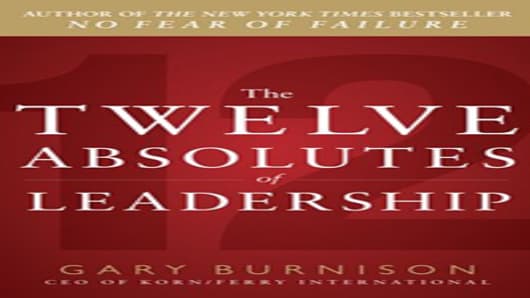Feedback from the team is essential, particularly to determine if people are blocking the strategy and why.
Do they have a problem with the substance of the plan (in which case they could be right), or do they feel that they have not been heard (and therefore engaging them may help bring them on board)?
Often the problem is the pace, not the change itself (in which case the leader may be pushing the organization beyond its limits).
As Jeff Weiner, CEO of LinkedIn.com , told me, “We understand our strategic objectives, we understand our landscape, and we are monitoring and collecting the right data and insights to make sure we can make the right course corrections as we go.”
When married with an organization’s purpose and vision (the “why” and the “what”), strategy becomes the “how” and the “when.” Being strategic means being nimble, adapting to changing conditions, without losing sight of the ultimate goals:
- Strategy is the how. Creating a strategy requires a high-level plan for applying energy and resources over the long term. It takes into account customer needs, organizational capabilities (current and future), competitive challenges and differentiation, and creating value for stakeholders.
- Strategy is the when. Set the tone for growth and change, but always move at a pace that your organization’s structure and culture can absorb. It’s not about what the leader wants to accomplish, but what is right for the organization to realize its potential.
- Strategy is execution. Strategy is making a bet—a calculated bet, that is. No matter how visionary the strategy may be, it must also be tactical and practical. Results are what matter most. Continually question the strategy: Is it working, are plans truly executable, or is change required?
- Strategy is culture. Strategy requires tough decisions, what the organization will and will not do to preserve its brand, honor its history, and realize a future that is of its own making. Without purpose and values, there is no real strategy—merely a short-term plan that is directed toward shallow goals. Strategy drives effectiveness, accountability, and performance.
- Strategy is letting go of your preferences. Keep your ego in check. Focus on the organization and not yourself. It’s not about your preferences. Your job as the leader is to get the answer right—not to be right.
Strategy is far more than a road map, setting a general direction. It is a dynamic flight plan, with the right velocity, scope, and angle of trajectory to bring the organization to its desired destination.
Gary Burnison is CEO of Korn/Ferry International , the world’s largest executive recruiting firm and a leading talent management company. He is also the author of the bestselling "The Twelve Absolutes of Leadership" (McGraw-Hill, 2012), and the New York Times bestseller No Fear of Failure (Jossey-Bass, 2011).
Comments? Send them to executivecareers@cnbc.com



